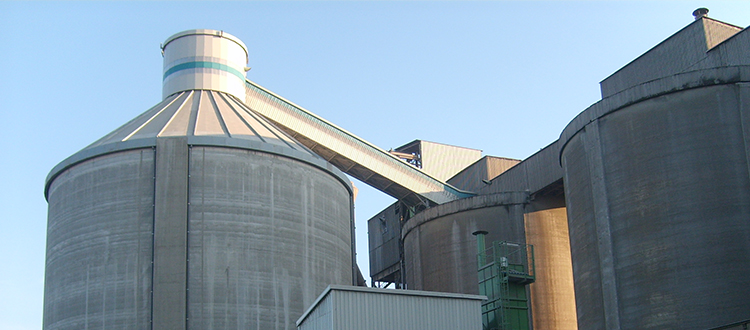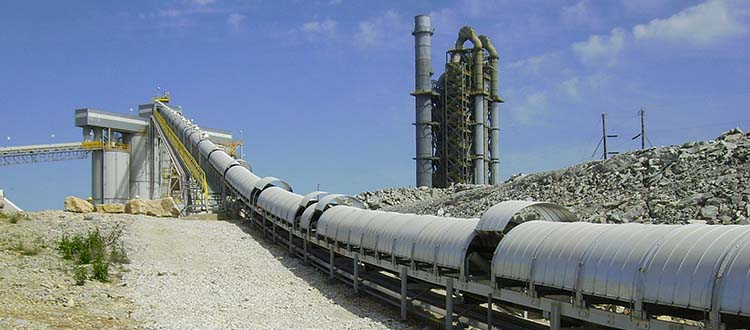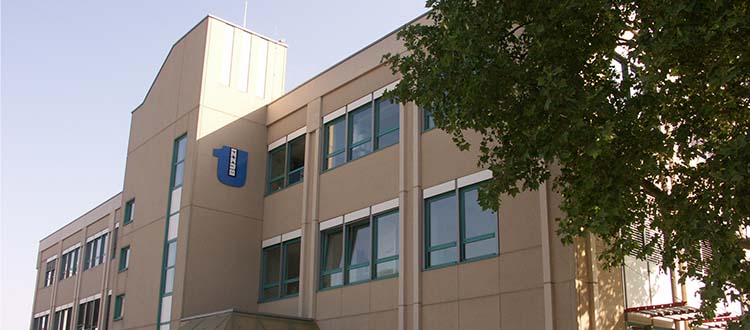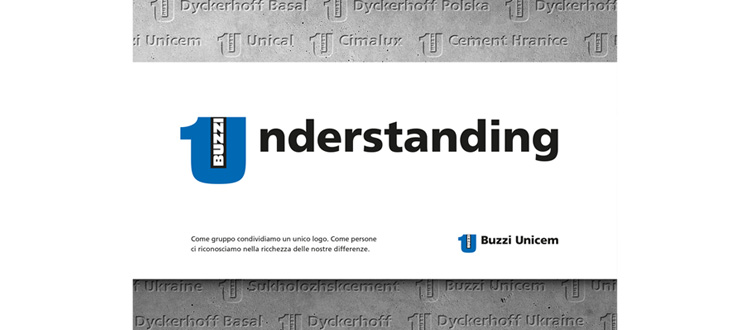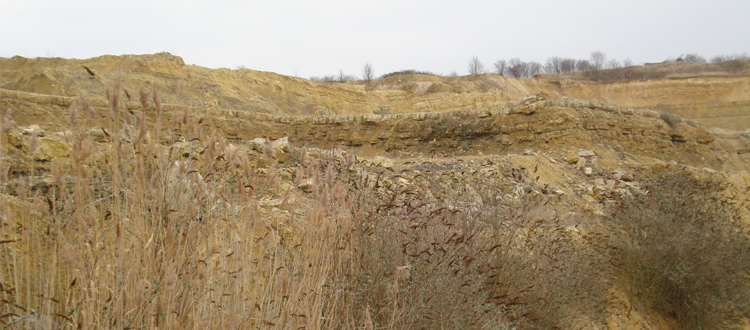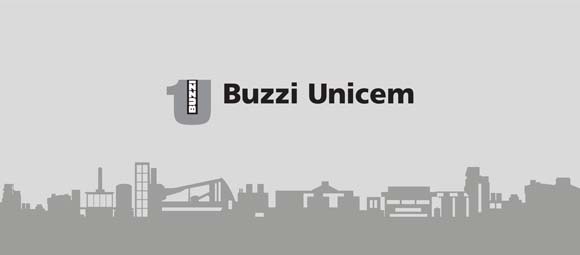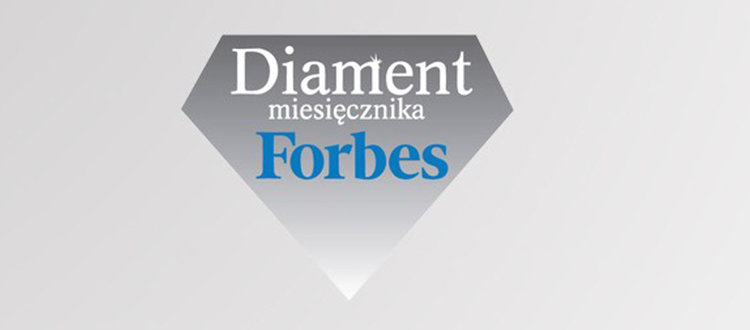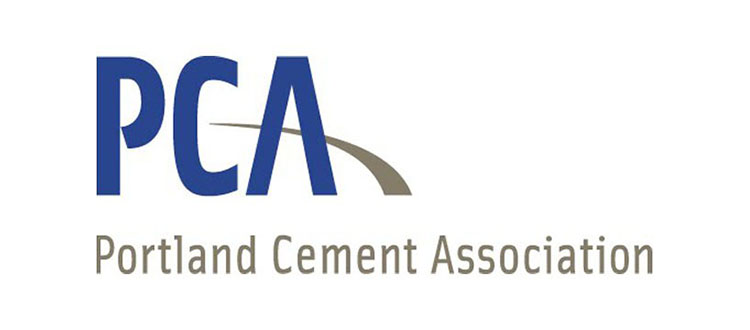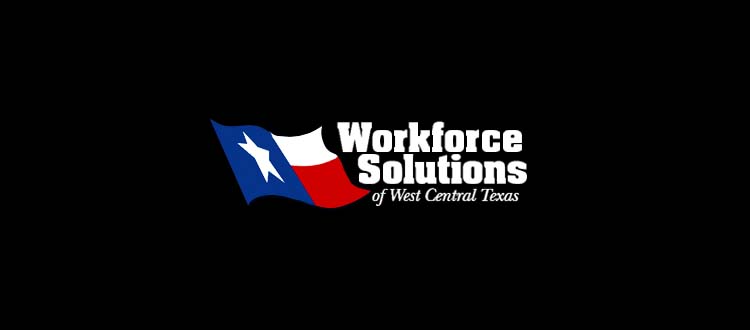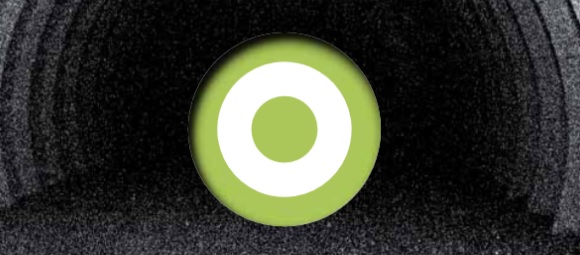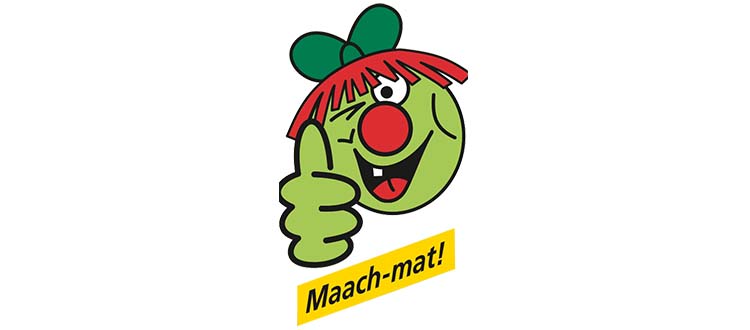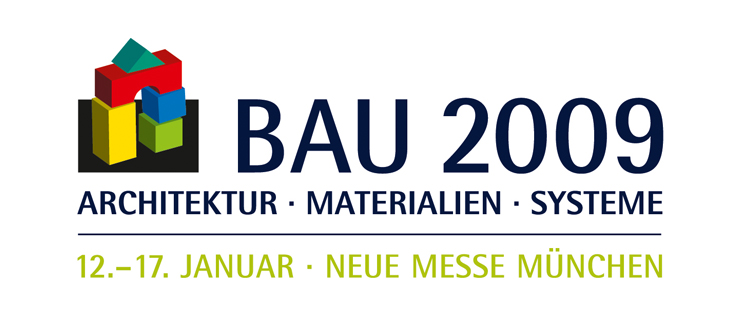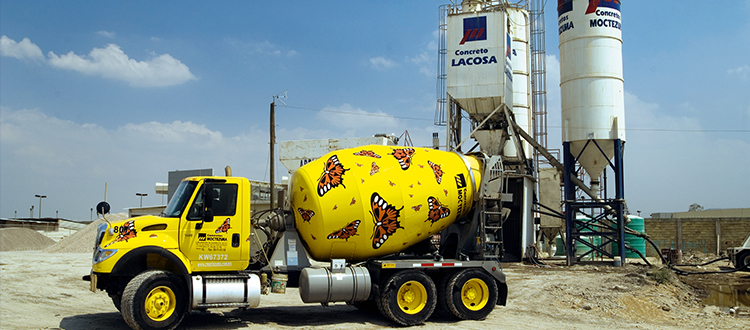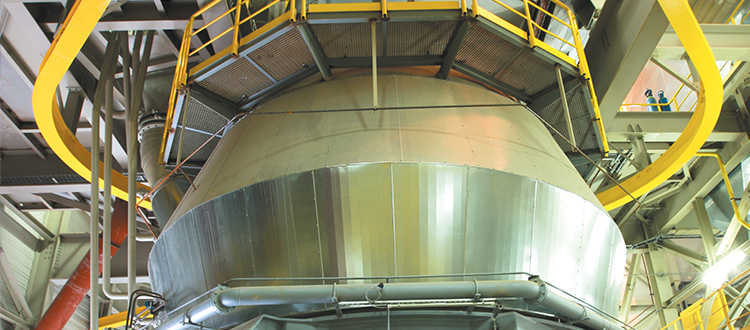
A new mill at Esch-sur-Alzette, Luxembourg
The new mill at the Esch-sur-Alzette cement plant was inaugurated on 14 October in the presence of the Minister of the Economy of Luxembourg, Jeannot Krecké, and Franco Buzzi and Wolfgang Bauer representing Buzzi Unicem.
The LM 46.2+2 vertical roller mill from Loesche, will increase the plant’s production capacity from 900,000 to 1,500,000 tons/year. The new mill will also generate approximately 25% savings in energy needs per ton of cement, which will have a very positive impact on production costs and the environment.
This €50 million project has also increased the plant’s storage capacity for cement, improved quality control and the mixing department downstream of the mill, and strengthened rail transport.
Fifty percent of the plant’s production is currently destined for the domestic market (Luxembourg), while the other half is exported to Germany, France and Belgium.



